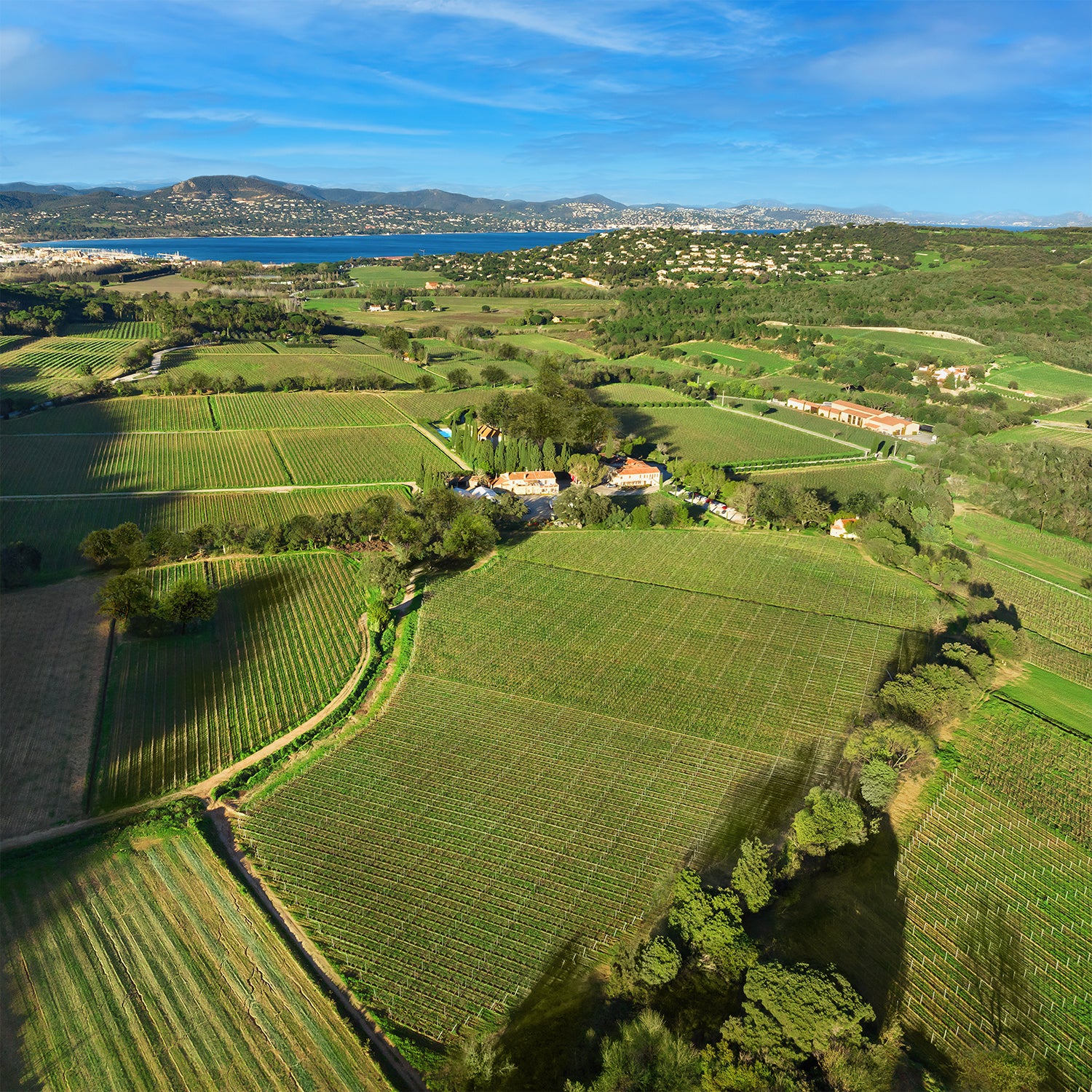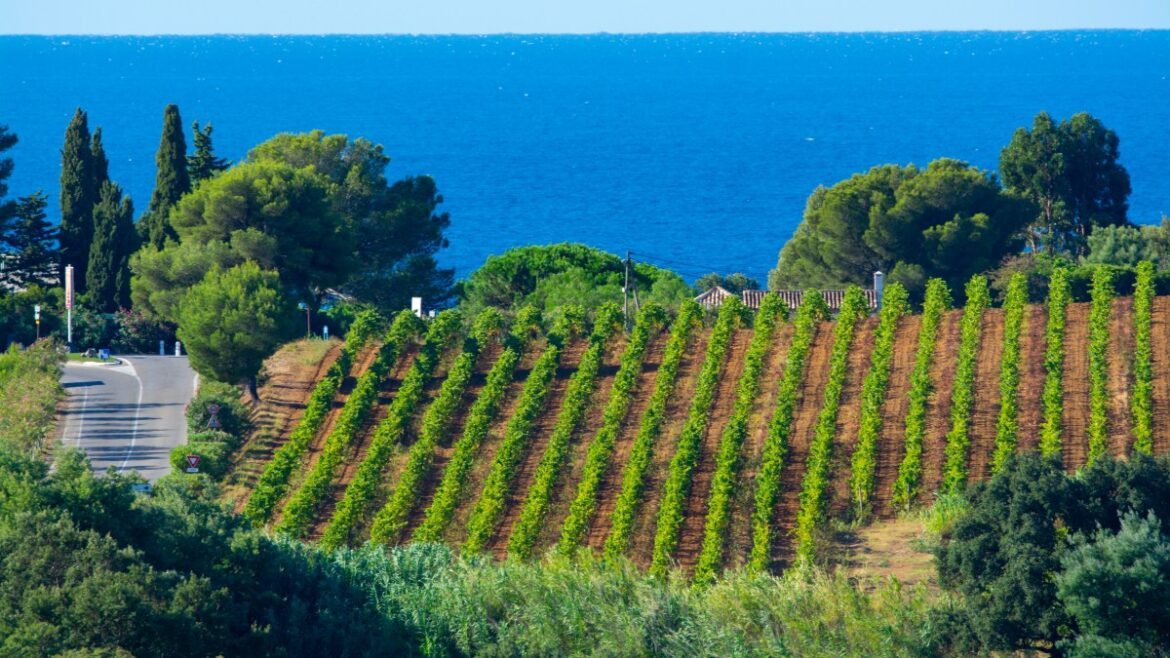The soaring success of rosé wines, boosted by celebrity producers such as Brad Pitt and Angelina Jolie, is waning and being replaced by a renaissance in white wines, French vintners have claimed.
“We have reached the peak of rosé consumption in France,” said Jean-Etienne Matton, head of the winemaker Minuty, whose vineyard near Saint-Tropez is celebrated for its elegant rosés.
Minuty is now developing its white wines, which account for less than a fifth of its production, but which it believes offer more potential. “We want to further increase our production of white wine because, along with international markets, it is one of our two drivers of growth,” Matton told Le Figaro.
White accounts for half of all wine sales in France, which are falling overall as younger people drink less than their parents’ generation.
“White is the colour that’s doing best in a context of declining consumption,” said Ségolène Camuset of the CNIV wine industry group. “White wine sales in French supermarkets rose by 0.6 per cent in terms of volume last year, while rosés fell by 5.7 per cent and reds by 5.6 per cent. This is an impressive performance in the current context, with wine sales in France down by an average of 1 per cent a year in terms of volume since the 1960s.”
Whites are popular among younger drinkers, especially women, and vineyards across France are now increasing white wine production.
Stéphanie Piot of Vin et Société, another trade group, said: “More white wine grapes have been planted in the southern regions of Rhône and Languedoc, and in Beaujolais [north of Lyon], as winemakers have deliberately restructured their vineyards in favour of whites. Reds are often viewed as too fuddy-duddy or elitist, which discourages the uninitiated, and white wines are more in line with consumers’ desire for freshness.”

Minuty is putting more emphasis on white wine production
MINUTY
Another advantage of white wines is that drinkers enjoy them all year round, whereas many regard red wines as too heavy in summer. Rosés are widely considered summer wines and their consumption falls drastically in winter.
The area given over to growing white wine grapes in France has increased by 12 per cent since 2018, from 373,130 acres to 412,660 acres. The group includes ultra-fashionable orange wine, which is white wine made by leaving the grapes’ skins on during fermentation instead of discarding them after pressing out the juice, the normal procedure for white wines.
Piot said young people “who have grown up with sodas and flavoured water are more likely to be attracted to white wines”.
However, some fear that the increased production of whites could lead to a glut. “The question will remain as to whether the French market will be able to absorb these new volumes of whites produced,” Piot said.
Exports remain essential for French winemakers, many of whom fear that President Trump’s threatened tariffs could lead to a fall in sales to the United States, their biggest foreign market.
Peak Provence pink? Not if Instagram is any indication
Have we reached peak Provence pink yet? Unlikely, writes Times wine critic Jane MacQuitty, given that this Instagram-friendly wine colour pops up everywhere with the puerile tag: “It’s a rosé kinda day.”
Dubbed vin piscine — swimming pool plonk — by the French, rosé is produced in greater quantities in the region than any other shade.
Discerning wine drinkers never cease to be amazed by the oceans of jaw-breakingly dull but fashionably pale Provençal rosé, led by the likes of wishy-washy Whispering Angel, which is on course to become a mega-brand, shifting 2 million cases every year.
Understandably, Provence’s producers have decided to hedge their bets. Given how few tip-top whites its rocky, sunbaked thyme and pine-scented vineyards produce (with the expensive exceptions of Cassis, Bellet and Palette), the jury is out on this approach.
Having said that, pricey whites influenced by grapes such as rolle, better known as vermentino in Italy, and bourboulenc are promising.
Still, budget white wine drinkers would be better advised to hop north to the southern Rhône, or west to the Languedoc, where modern viti and viniculture techniques have produced rafts of good keenly priced bottles. Here are two of the best:
2024 Extra Special Languedoc Blanc, 12.5 per cent, Asda, £7.54: A canny blend of roussanne, clairette, grenache, viognier and marsanne, making for an elegant, floral, stone fruit and baked quince mouthful.
2023 Taste the Difference Côtes du Rhône White, 13 per cent, Sainsbury’s, £9.50: Another ripe, tasty, vanilla pod-scented, broad-shouldered, fruit salad blend of grenache, viognier, marsanne, roussanne and bourboulenc.


Dining and Cooking